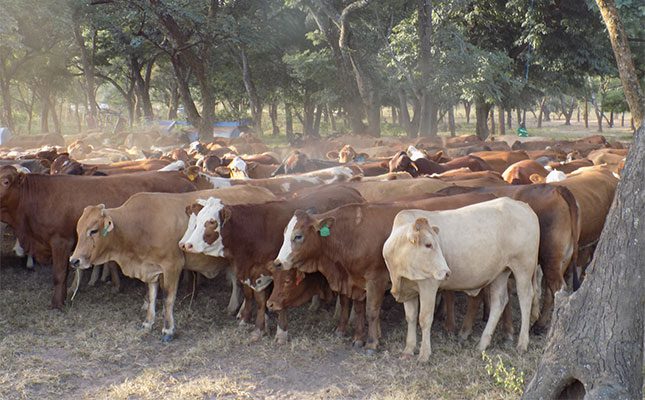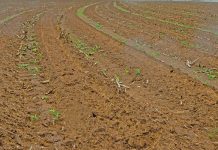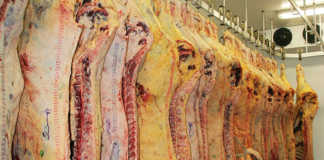
Photo: Annelie Coleman
The absence of a census has led to significant gaps in the country’s structural agricultural statistics. The aim of the census is therefore to fill these gaps in order to help transform Zimbabwe’s agrifood systems.
The FAO recently announced that it was providing technical assistance to Zimbabwe to help the country develop an NALC plan of action, which the government could use to start mobilising the required resources to undertake the census. The FAO was also helping Zimbabwe compile and update its national food balance sheet (FBS) at the same time.
“This collaboration is part of FAO’s broader efforts to support the country in strengthening its agricultural data systems and ensuring food security for its population,” the FAO said.
Dominique Habimana, FAO regional statistician for Africa, said that the census would form a key step towards providing the main statistical outputs of Zimbabwe’s Strategic Plan for Agricultural and Rural Statistics (2025 to 2029), and Zimbabwe’s National Strategy for the Development of Statistics (2022 to 2026).
“The upcoming NALC will give the snapshot of the current situation of [the agriculture] sector and serve as the baseline on different agricultural subsectors with complete enumeration. The NALC will also allow for creating, for the first time, a solid sampling frame for subsequent agricultural surveys,” he added.













